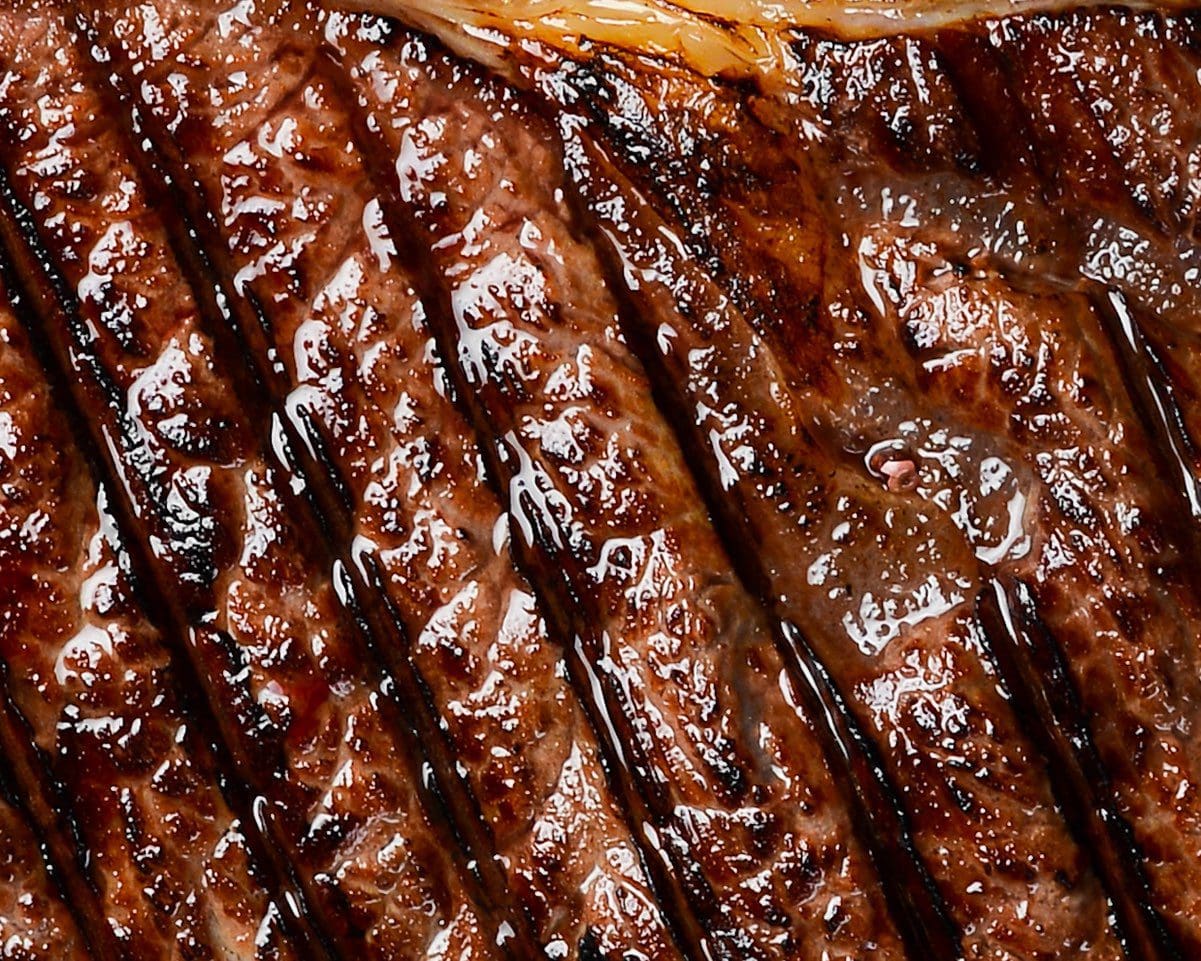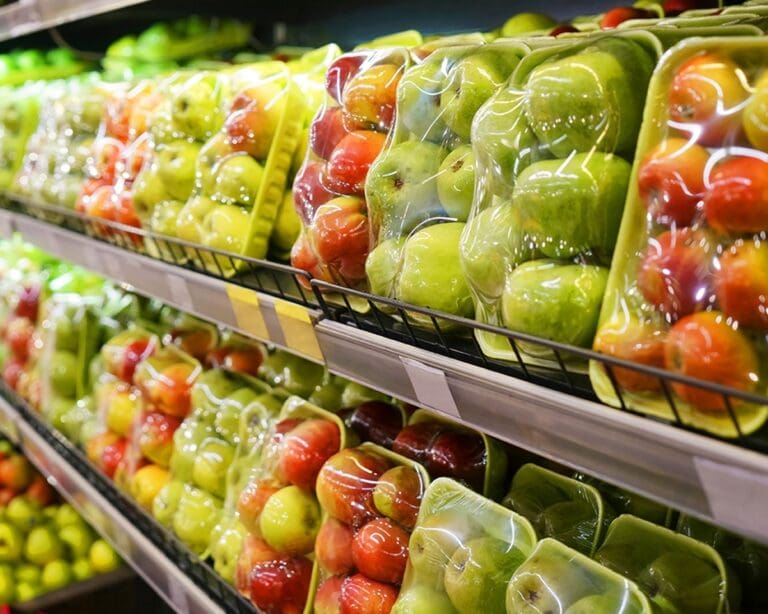Record price gap between pork 72 trimmings and boneless beef 90s in July
The monthly price spread between UB pork 72 lean trimmings and UB boneless beef 90s in July has increased to $2.92/lb, the largest spread ever recorded since data collection began in 1985. Pork trim can sometimes substitute for beef trim in hot dog production, offering a cost-effective option when domestic boneless beef prices are high in least-cost formulations.
Before the 4th of July, pork trim supplies were readily available, but prices have remained fully steady post-holiday as availability tightens seasonally during the summer. On the beef side, supplies are limited due to The Cow & Bull Federally Inspected Slaughter being significantly lower than last year and generally below the past seven years of weekly data since March 2024, keeping domestic boneless beef 90s supplies tight compared to past years. This trend is notable as the price for 72 trim is well below the past three years’ average July levels, while boneless beef 90s broke all-time high price points in July.
China’s 1H beef imports grew 17% YOY, June 2024 figures at 13-month low
China’s beef imports for the first half (1H) of 2024 rose by 17% year-on-year (YOY), totaling 1.44 million metric tonnes (mt), according to data from the General Administration of Customs. South America, with Brazil, Argentina, and Uruguay, supplied 73.4% (1.05 million mt) of these imports. The Oceanic region, including Australia and New Zealand, contributed 15% (216,300 mt), while the United States (US) accounted for 4.8% (68,624 mt).
This growth was driven by the recovery from the 2023 suspension of Brazilian imports due to Bovine Spongiform Encephalopathy (BSE). However, June 2024 imports fell to a 13-month low of 208,718 mt, down 10.9% month-on-month (MOM) and 10.8% YOY. Contributing factors included economic challenges, rising inflation, and an oversupply of domestic beef, leading to reduced consumer demand.
The decline in June also highlighted a broader trend in China’s meat sector, with total meat imports, including a variety ofmeats, hitting a 12-month low of 514,957 mt. Key suppliers like Brazil, Argentina, Uruguay, Australia, and New Zealand saw decreased volumes and are shifting focus to more lucrative markets like the US. The undersupplied US market also reduced exports to China, prioritizing domestic supply.
Boneless ribeye prices, a beef leader mid-year report card
With the dog days of summer here, let’s check in on how boneless ribeyes faired through the first half of the year. When looking at last year’s trends, boneless ribeyes just about feel in line with the overall trend but failed to match last year’s price points by quite a considerable margin. For example, Urner Barry’s Choice LTL boneless ribeye quote traded around $9.40/lb. Through April this year compared to $10.50/lb. last year, about a 10% decrease year-over-year. This speaks to the hesitancy buyers have had this year around middle meats as consumers continue to feel the pinch of inflation. Buyers did showcase further confidence once moving into May and weather conditions improved considerably. The seasonal rally this year although, once again, failed to match last year’s performance from a price per pound standpoint. While they were able to appreciate by nearly 15% from their April lows of $9.36/lb. boneless ribeyes failed to reach last year’s peak price of $11.36/lb. by about 50 cents.
Now that our big grilling holidays are past, ribs have begun to take on their seasonal correction. Since entering into July Urner Barry by Expana’s Choice Ribeye quote has fallen nearly 10.5% in the first two weeks. With prices falling as rapidly as they have, it has more recently put some hesitancy back into buyers as fear of owning expensive inventory persists. Although, even with the rapid re-pricing, prices as of today still sit about 9% above the 5-year average for the same period. This will be closely monitored in the coming weeks as buyers look to get products booked ahead of the next rally.
Diverging trends in the imported crawfish market
In 2024, the U.S. market for imported crawfish has displayed distinct trends for whole-cooked products and tail meat. Tail meat prices have generally declined, reaching the lowest levels seen in the past five years. This downturn is largely attributed to increased imports from key suppliers like China and Spain. China’s consistent rise in tail meat exports over recent years has significantly contributed to the oversupply. Meanwhile, Spain, having overcome previous drought conditions that limited its production, has substantially increased its supply this year.
Conversely, the market for whole-cooked crawfish has experienced firm pricing, with rates steadily increasing since early 2024. This surge is primarily due to a substantial reduction in domestic crawfish supply, a consequence of severe droughts in the U.S. during 2023. The scarcity of domestic products has led many buyers to turn to imported whole crawfish, boosting demand and driving up prices.
Furthermore, the broader economic climate has influenced these trends, with lackluster demand across many seafood categories contributing to the pricing dynamics. Looking ahead, there are indications that Egyptian crawfish, traditionally sold as whole cooked due to their larger size, might start being processed into tail meat. If this shift occurs, it could further increase the supply of tail meat, exacerbating the existing trend of declining prices.
In essence, the U.S. crawfish market in 2024 is marked by a clear dichotomy: while tail meat prices are dropping due to abundant supply, the prices for whole-cooked crawfish are climbing steadily, driven by domestic shortages and robust demand for imported products.
For more information on red meat and seafood, save your seat at our upcoming webinar series below.



